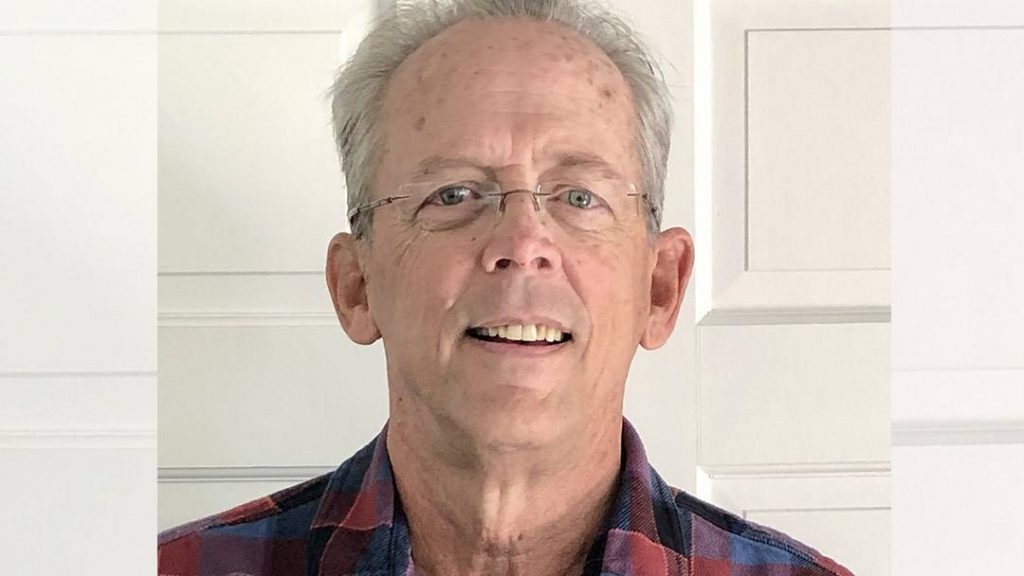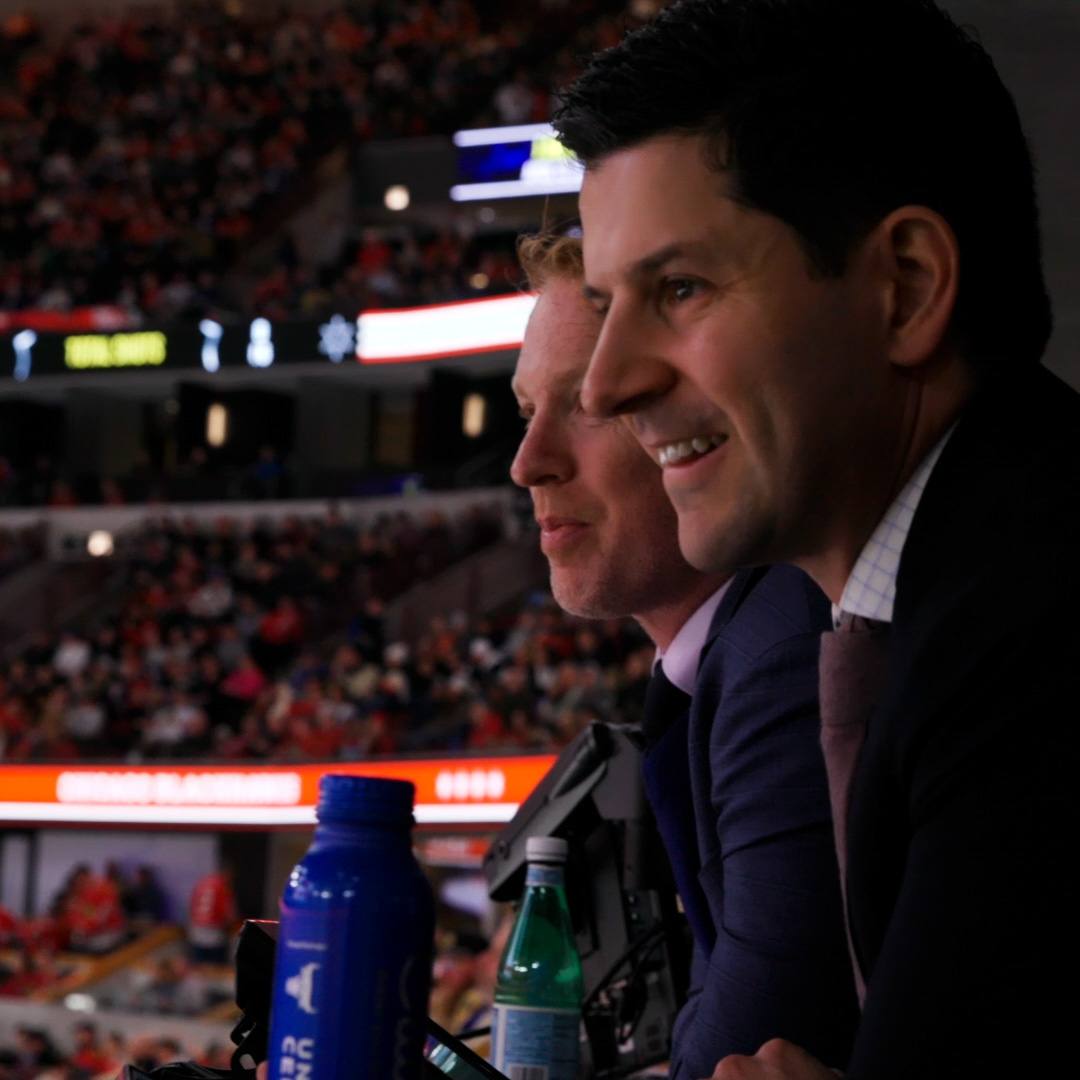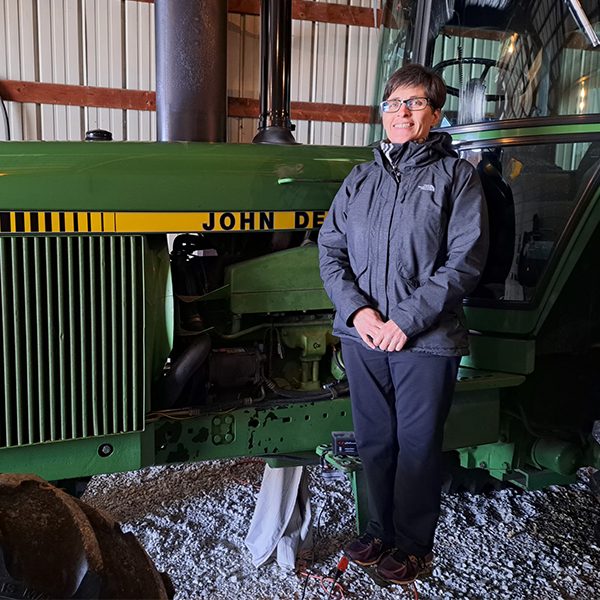
He was not the first person in his family to be diagnosed with pulmonary hypertension, so Pat Lacy knew the warning signs and took them seriously. And he was determined to find an answer.
Pat Lacy had just landed in Utah for a business conference when he noticed he was having trouble breathing.
"When I got out of the cab and walked to the hotel, I almost passed out," Pat says. "It was like running a marathon. I had never been affected by altitude. That's when I figured something's wrong."
It was July 2007. The 57-year-old accountant was healthy and athletic — a former college rugby player, he lifted weights, golfed and ran regularly. But he knew immediately what was happening. For 30 years, Pat had known he could one day be diagnosed with pulmonary hypertension, high blood pressure that affects the arteries in the lungs and the right side of the heart.
Pat was not the first person in his family diagnosed with pulmonary hypertension. He had lost two family members to the disease. So he took the warning signs seriously.
The road to a double lung transplant
Pat kept his symptoms a secret from most of his family — he's a father of four — for six months. Accompanied by Susan Lacy, his wife of 37 years, he went to an appointment with his doctor in Omaha, Nebraska, in January 2008 to get tested for pulmonary hypertension.
"He said, 'You've got it,' and Susan let out a big gasp of air," Pat remembers. It was time to tell his family.
Pat was determined to find a solution. His brother-in-law, Daniel Hartigan, M.D. — an internist at Mayo Clinic in Florida — referred him to a pulmonologist at Mayo Clinic in Rochester. Together, Pat and his care team came up with a plan: Pat was going to need a double lung transplant.
First, Pat would spend a long 16 months waiting to be added to the transplant list.
By July 2009, Pat was on oxygen at night and at the office, and he couldn't walk 100 feet without stopping to rest. He was added to the transplant list.
On July 11, he got the call. A set of donor lungs was available. He was rushed into surgery, only to wake up and learn that the surgery didn't happen because the new lungs weren't viable.
A week later, he got a second call, so he returned to Rochester. This time, the transplant was successful.
Pat spent several days in the ICU and then several more days in the hospital before a three-month stay at a nearby hotel while he recovered.
He noticed one major difference right away: He could breathe.
Looking back, 11 years later
Eleven years after his transplant, Pat is healthier than ever. He lifts weights and walks several miles each day with his wife and their daughter, Cassie. Now retired from his accounting career, he owns and runs a restaurant in Omaha.
He takes a low dose of an immunosuppressant drug, and anti-rejection medications and travels to Mayo Clinic for annual checkups.
"I've always espoused Mayo Clinic as being one of the most phenomenal places on earth," he says. "I've never had a bad experience."
Related Articles








